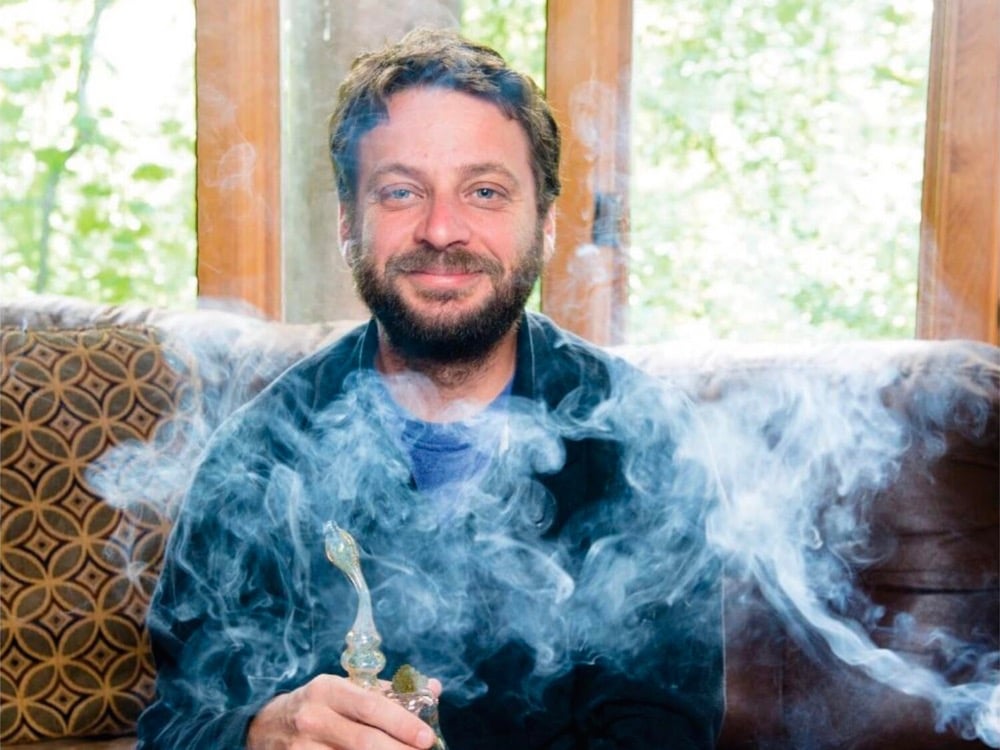Depuis quelques années sur le Net, les sites de vente de graines de cannabis et d’accessoires pour fumer fleurissent à vitesse grand V. Cependant, des prix avantageux, une livraison fiable et discrète ainsi que l’assurance d’un bon produit sont des critères de sélection que peu de revendeurs en ligne remplissent. Après en avoir testé (et détesté) plusieurs, c’est sur Zamnesia que s’est porté le choix de la rédaction. On vous explique pourquoi.
Le Zamnesia Seed Shop

Comme son nom l’indique, le Zamnesia Seedshop se consacre à la vente de graines de cannabis, qui proviennent de plus d’une centaine de seed banks venant du monde entier.
Question user-friendly, faire ses achats sur le Seedshop de Zamnesia ne saurait être plus simple. L’ensemble du magasin est organisé de manière très conviviale et permet de trouver rapidement la bonne variété pour votre jardin ou votre espace de culture indoor. Vous pouvez choisir les graines par type (féminisés, régulières ou à autofloraison) par banque de graines, par variété, par prix ou par concentration en THC ou CBD.
Zamnesia publie également régulièrement des listes triées sur le volet mettant en évidence leurs variétés star du moment dans différentes catégories (féminisées, auto, riches en THC, riches en CBD, etc.), ce qui peut être une excellente source d’inspiration lorsque vous ne savez pas quoi faire pousser . La fonction de recherche du site est remarquablement bien faite si vous recherchez quelque chose de spécifique.
Les prix dans le magasin de graines Zamnesia varient en fonction des variétés et des banque de graines. Les frais d’expédition varient entre 5 € et 10 € selon le pays dans lequel vous vous trouvez (notez que Zamnesia n’expédie actuellement qu’en Europe et au Royaume-Uni).
J’apprécie particulièrement le fait chaque liste de produits Zamnesia soit accompagnée de critiques où vous pouvez lire les expériences d’autres utilisateurs avec une variété particulière. Zamnesia organise par ailleurs régulièrement des promotions où vous pouvez obtenir des graines ou des accessoires gratuits lors de votre prochain achat.

4 boutiques en ligne complètent l’offre du seed shop:
- Le Zamnesia Headshop, qui propose une grande variété d’accessoires pour fumeurs, y compris tout, des grinders et du papier à rouler aux bangs et pipes, des livres sur le cannabis, des briquets, des balances et bien plus encore
- Le Zamnesia Vaporshop, dédié aux vaporisateurs de toutes formes, tailles et prix. Des grands modèles comme le Volcano aux petites unités portables comme le Pax ou le G-Pen, le Zamnesia Vaporshop est très bien achalandé avec des un éventail de vaporisateur pour les bourses de toutes tailles, que l’on parle d’expérience ou de finances…
- Le Zamnesia CBD shop: Si vous recherchez du CBD légal de fabricants fiables, je vous recommande vivement de consulter la boutique CBD de Zamnesia, qui propose des teintures d’huile, des capsules, des produits comestibles, des cosmétiques et de nombreux autres produits de marques comme Cibdol, Zamnesia ou encore SupMedi
- Le Zamnesia Smart shop. Inspiré des tristement célèbres smartshops d’Amsterdam, le Zamnesia Smartshop vend des aphrodisiaques naturels, des herbes, des teintures de champignons, de la salvia divinorum et de nombreux autres psychédéliques naturels et légaux et des extraits de plantes.*

Zamnesia garantit une expédition rapide et discrète depuis tous ses magasins. La marque se distingue également par son ouverture aux paiements alternatifs (Cartes de crédit bien entendu, mais aussi virements bancaires et règlement par crypto-monnaie) et par un service client attentionné et réactif.
Si vous recherchez des graines de cannabis premium, un vaporisateurs ou quelque autre accessoires pour fumer votre herbe préférée, je ne peux que vous recommander d’aller faire un tour sur Zamnesia (n’oubliez pas de vous inscrire à leur newsletter pour bénéficier d’une remise de 10 % sur votre premier achat).
*Avant de passer commande, prenez-soin de vous renseigner sur la législation en vigueur du pays où vous souhaitez vous faire livrer.








 Sur les traces de la Thunderfuck.
Sur les traces de la Thunderfuck.





















